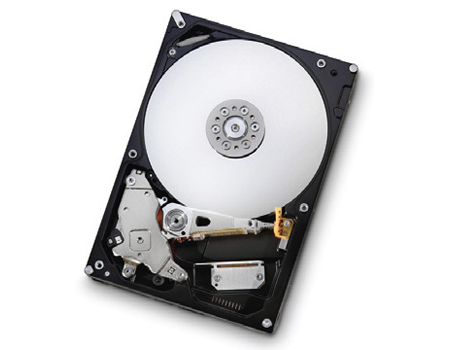Switchable graphics – an “overdrive switch” for PC graphics
Articles
From the horse’s mouth
NVIDIA’s article about the Optimus graphics system
My comments and explanation
The common graphics setup
The “IBM PC”-based computing platform started off with a “discrete” graphics setup where the system used a separate display card to put up data on the screen for the user to see. This allowed users to buy the graphics capability that they needed at the time of the system’s purchase yet upgrade this capability when their needs changed.
Then motherboard manufacturers and graphics-chip vendors moved towards placing the display circuitry on the motherboard, a practice that most other computer manufacturers engaged in for their platforms. This was preferred for computers that had an integrated display; as well as computers that were based on smaller stylish chassis designs. It also became a cost-saving measure for computer resellers whenever they designed their budget-priced models.
This method required that some of the system’s RAM (primary memory) was to be used for the graphics functionality and, in some cases, made use of the system’s CPU “brain” for some of the graphics work. This typically limited the performance of computer setups and those of us who valued graphics performance, such as gamers, designers or people involved in video production preferred to use the original “discrete” graphics arrangements.
Most systems, especially desktop systems, that had the integrated graphics chipsets also had an expansion slot for use with graphics cards and these setups typically had the graphics card that was in the expansion slot override the integrated graphics functionality. As well, a user who was upgrading a computer to discrete graphics also had to disconnect the monitor from the motherboard’s display output and reconnect it to the discrete graphics card’s display output.
As for laptop computers, there was a limitation in using discrete graphics there because it would lead to the computer running for a short time on its batteries, whereas a computer with low-end integrated graphics could run for a long time on its batteries. This also affected other applications where it was desirable to conserve power.
What does “Switchable Graphics” provide for the Intel-based computer platform.
The NVIDIA Optimus technology has brought around the concept of “switchable” graphics where a computer can have both integrated and discrete graphics. This practice is similar to a car that is equipped with an overdrive or “performance/economy” control. Here, the driver runs the car in the “economy” mode or disengages the overdrive when they do their regular driving so they can conserve fuel. On the other hand, they engage the overdrive or set the transmission to “performance” mode if they want that bit of “pep” in the driving, such as for highway runs.
These computers will have a graphics chipset that can perform in a “discrete” manner for performance and use dedicated memory or in an “integrated” manner for power economy and use “spare” system memory. This will be accomplished with NVIDIA software that comes with computers that have this technology and run Windows 7. There is a special program in the software that works like the overdrive or “performance/economy” switch in the car. The program can be set up so the user switches modes manually or can be set to change modes dependent on whether the computer is running on external power or whether certain programs like games or video-editing software are being run.
Further comments
At the moment, the technology has just had its first public airing. This will usually mean that certain reliability issues will surface as the bugs get ironed out. It is also just optimised for laptop use but could be implemented in a “dual-chipset” manner for desktop and similar applications. In the desktop environment, the integrated graphics subsystem could work alongside an discrete aftermarket graphics subsystem and share outputs. This could allow, for example, a “gaming rig” to be less noisy and power-demanding while it is not being used for games and other graphics-intense tasks because the integrated graphics chipset could come in handy for the Windows shell or office applications.
Once this concept is worked out, this would allow users to avoid power and system heat tradeoffs if they want high-end graphics in their computing environment.

